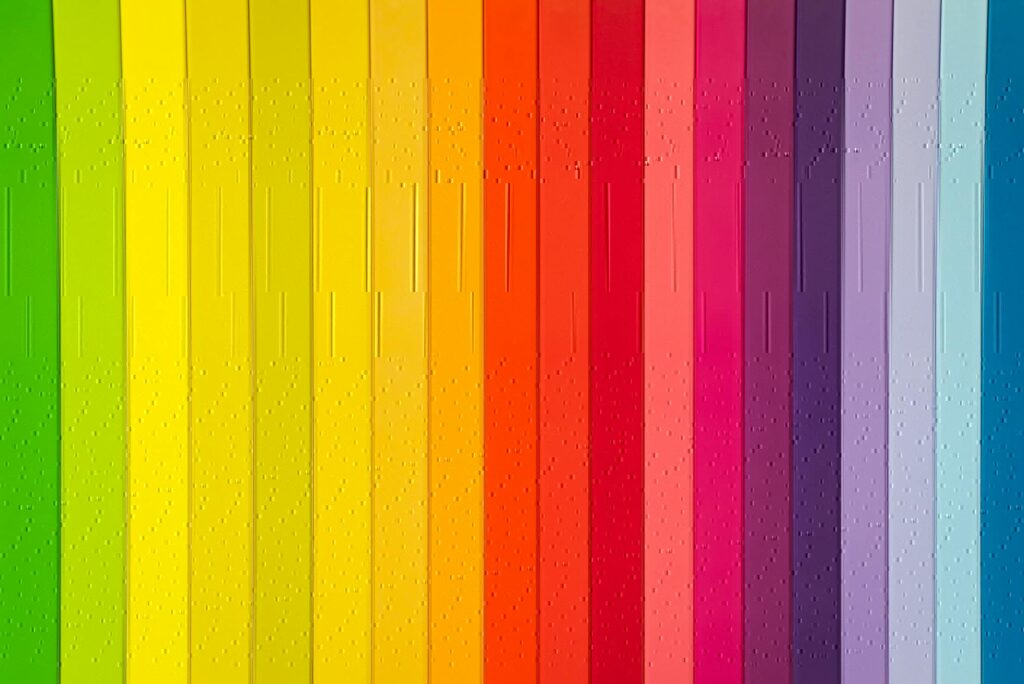Introduction
Leonardo da Vinci (1452–1519) was a true Renaissance genius—an artist, inventor, scientist, and visionary. His work continues to inspire artists, architects, and innovators centuries later. This post explores his contributions to art, anatomy, architecture, and beyond, and provides insights into how his legacy shapes modern creativity.
Who Was Leonardo da Vinci?
Born in Vinci, Italy, Leonardo da Vinci was a polymath whose interests spanned painting, engineering, anatomy, and invention. He left behind thousands of pages of notebooks filled with ideas and sketches that showcased his extraordinary curiosity.
Leonardo da Vinci’s Masterpieces in Painting
Some of Leonardo’s most celebrated works include:
– Mona Lisa: A portrait that captures mystery and emotion.
– The Last Supper: A detailed and dramatic biblical scene.
– Virgin of the Rocks: A stunning blend of composition and symbolism.
Drawings and Sketchbooks
Leonardo’s drawings covered anatomy, physics, mechanics, and more. His most famous drawing, the Vitruvian Man, symbolizes his obsession with human proportion and symmetry.
Revolutionizing Anatomy
Through extensive dissections, Leonardo documented human organs, muscles, and bones with unprecedented accuracy. These anatomical sketches were centuries ahead of their time.
Architectural Designs
Leonardo imagined futuristic cities, spiral staircases, and defensive forts. Though many ideas remained on paper, they influenced architectural theory for generations.
Inventions and Futuristic Concepts
His inventions include early versions of the helicopter, tank, and even scuba gear. Many of these remained prototypes but showcased his visionary thinking.
Frequently Asked Questions (FAQs)
- Q: What is Leonardo da Vinci most famous for?
A: He is most famous for the Mona Lisa, The Last Supper, and his detailed anatomical and engineering drawings.
- Q: Did Leonardo da Vinci really invent flying machines?
A: Yes, he sketched prototypes of flying machines based on bird flight, although they were never built during his lifetime.
- Q: Where can I see Leonardo da Vinci’s works?
A: His artworks are in museums like the Louvre (Mona Lisa) and his drawings are held in royal collections in the UK.
- Q: How did Leonardo influence modern science?
A: His observational methods laid the groundwork for scientific research in biology, physics, and mechanics.
- Q: Was Leonardo da Vinci also a sculptor?
A: Yes, although few sculptures survive, he planned ambitious pieces like the Gran Cavallo.
References & Related Posts links
– https://onlineworldz.com/top-contemporary-artists-in-drawing-painting-sculpture
– https://onlineworldz.com/budget-art-supplies-under-50
External References:
– https://www.louvre.fr/en/explore/the-palace/mona-lisa
– https://www.rct.uk/collection/themes/exhibitions/leonardo-da-vinci-a-life-in-drawing
– https://www.vatican.va/various/cappelle/sistina_vr/index.html

